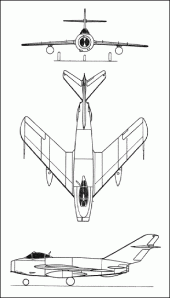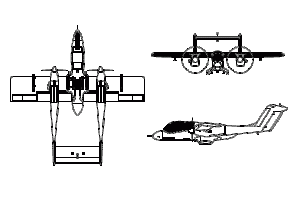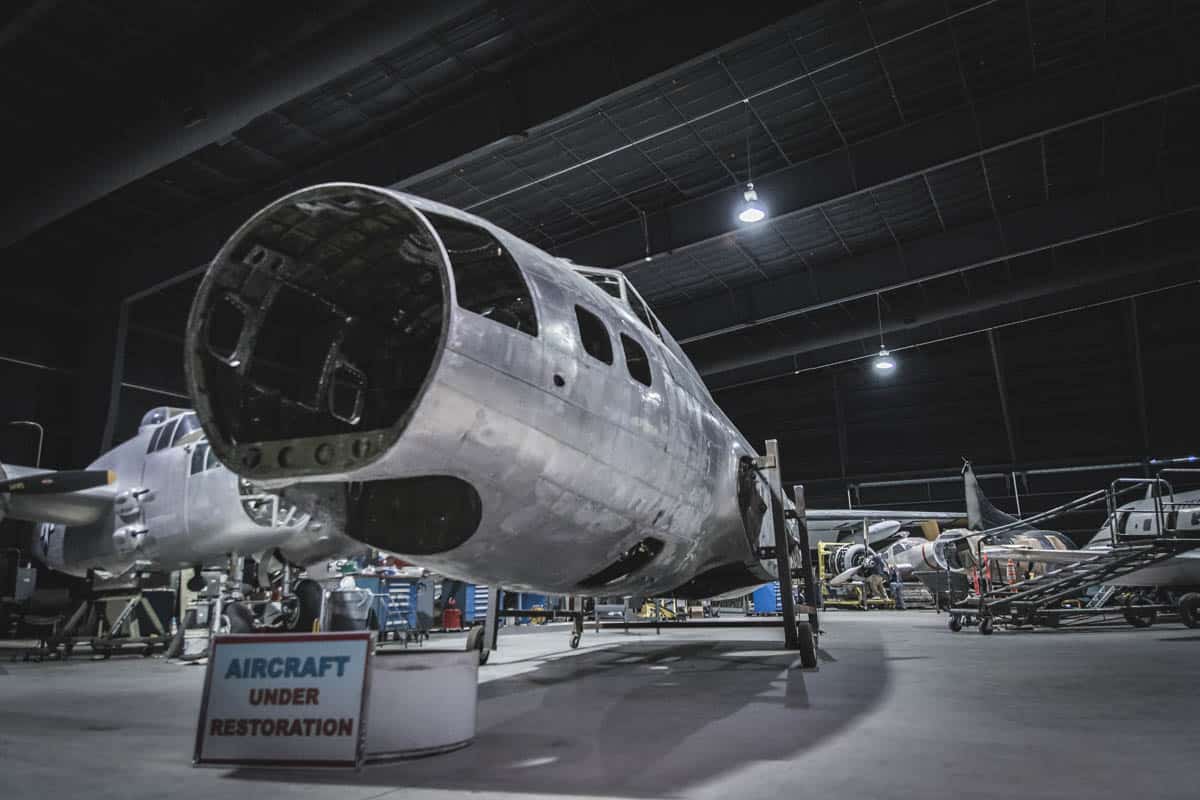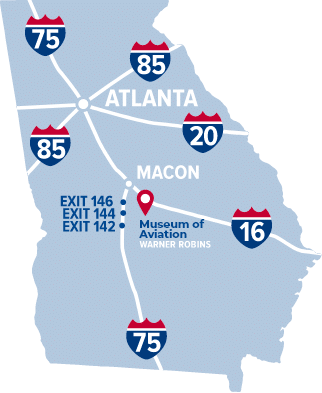It has been a few days since I last posted, but that just means we are hard at work here at the Museum of Aviation. Fall is here, or so it seems in Middle Georgia anyway. Chilly morning temperatures and crisp blue skies remind most of football and fairs, but how many of you have considered a local museum now that the weather has cooled? It is an absolutely great time of year to get outdoors and enjoy the world around you. Many of our aircraft are kept outside, so it’s also the perfect time to come by and see them. But don’t forget to check out our inside exhibits either; we have some great things going on in our buildings.
Speaking of that, work continues on Hangar One. As I have mentioned before we are changing the space there to focus on Southeast Asia, with the Vietnam War as the focal point. In recent weeks the restoration and collections staffs have spent time filling sand-bags, painting and moving around vehicles and aircraft as well as lots of research on various aircraft and units. The effort is paying off, as the overall “feel” of the place is definitely changing. There are several large aircraft in the space that really catch your eye. The first upon entering the front door is the MIG-17 Fresco. Directly behind it is the F-4C. I have always loved the angles on that aircraft and it certainly draws a lot of attention in the hangar.
Somewhat slower and less dramatic looking is the OV-10A that sits in back of the hangar. Regardless of what you think of its looks, the OV-10 is an interesting aircraft. Looking somewhat like a miniature P-61, the OV-10 was created as a dedicated forward observation and light attack aircraft in the 1960s. Air and Space magazine ran a great article on the OV-10 in its March issue which you can read here. An interesting note about the OV-10 is that there is talk of Boeing entering a modernized version of the OV-10 in the U.S. Air Force’s Light Attack Air Reconnaissance competition.
We are developing the rear portion of the hangar where the OV-10 is found on USAF Special Operations in Southeast Asia. Along with the OV-10A, the UH-1P, HH-3E and U-10B will all be a part of this exhibit space and will each tell a unique part of the story. The HH-3E is the largest in this group, and is quite impressive to stand next to. This big bird is 73 feet long and 62 feet wide across its rotors and was mainly used for combat search and rescue (CSAR). What an impressive and welcome sight it must have been hovering above those downed airmen. I plan to write a little later and more in depth on the HH-3E, but for now here is an old Air Force video series that shows how a CSAR operation of the time would work, and stars the big brother of the HH-3E, the HH-53.
[youtube=http://www.youtube.com/watch?v=D3kCaU0xRuI] [youtube=http://www.youtube.com/watch?v=_C6XdUjxL1g&feature=related]












